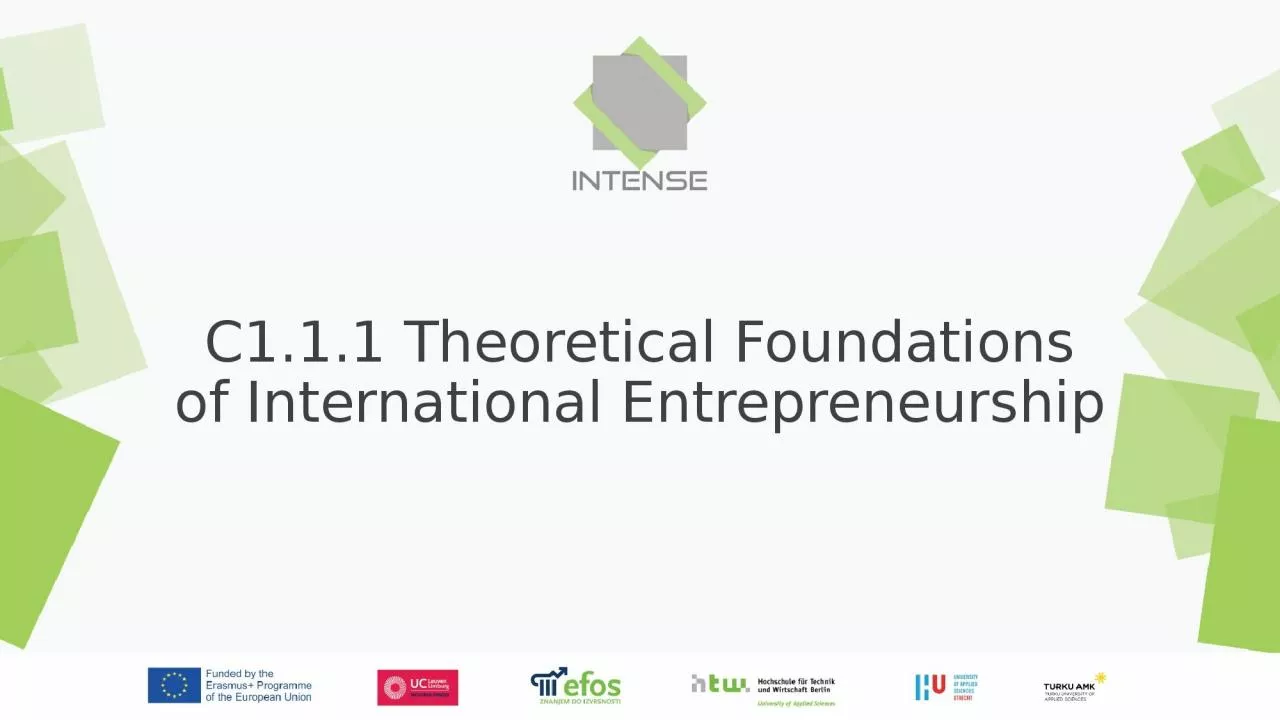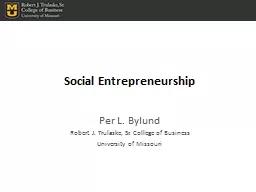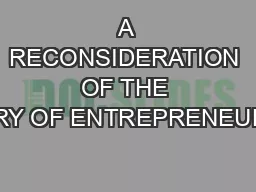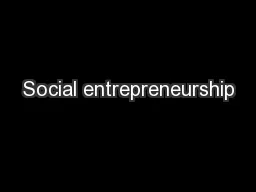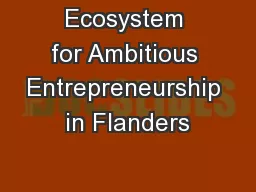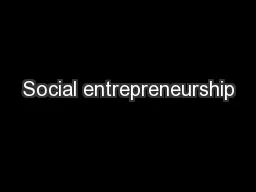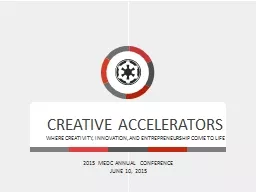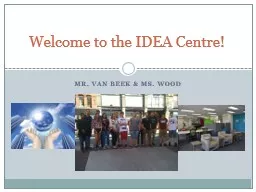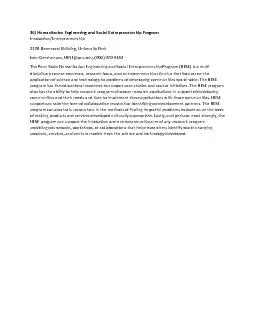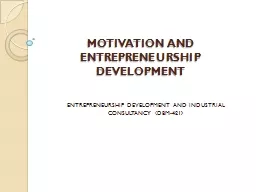PPT-C1.1.1 Theoretical Foundations of International Entrepreneurship
Author : neoiate | Published Date : 2020-08-28
International Entrepreneurship Learning Objectives Understand the basic functioning of New Institutional Economics and be able to apply selected models to international
Presentation Embed Code
Download Presentation
Download Presentation The PPT/PDF document "C1.1.1 Theoretical Foundations of Intern..." is the property of its rightful owner. Permission is granted to download and print the materials on this website for personal, non-commercial use only, and to display it on your personal computer provided you do not modify the materials and that you retain all copyright notices contained in the materials. By downloading content from our website, you accept the terms of this agreement.
C1.1.1 Theoretical Foundations of International Entrepreneurship: Transcript
Download Rules Of Document
"C1.1.1 Theoretical Foundations of International Entrepreneurship"The content belongs to its owner. You may download and print it for personal use, without modification, and keep all copyright notices. By downloading, you agree to these terms.
Related Documents

